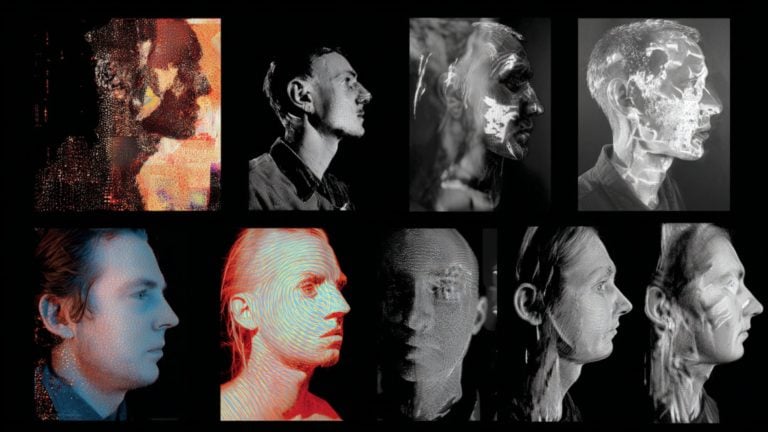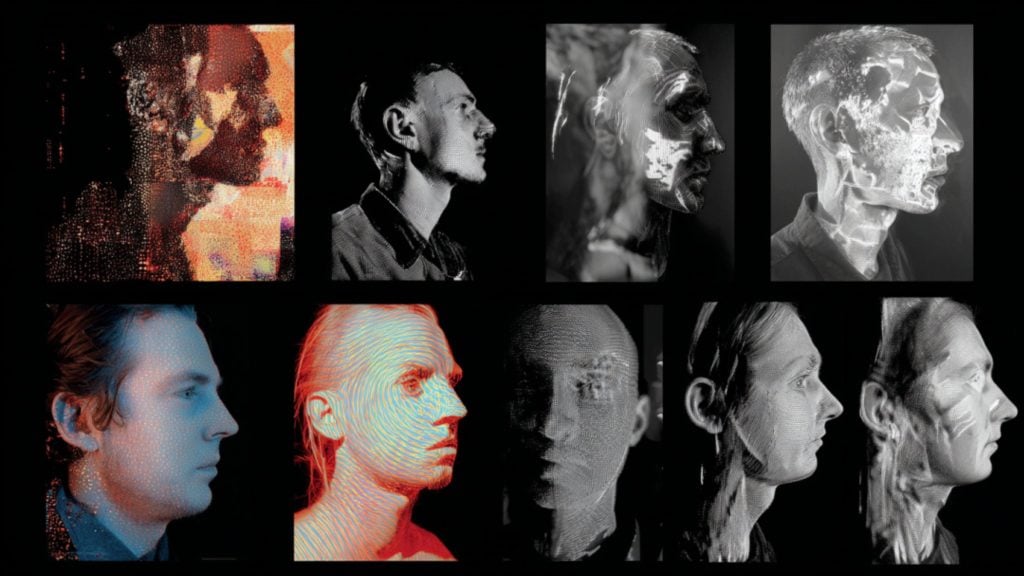YouTube is preparing another round of content restrictions, this time targeting video game footage that shows what the company describes as “graphic violence.”
Beginning November 17, the platform will begin placing age limits on certain videos so that only users over 18 and those logged into verified accounts can view them.
The policy is aimed at clips where “realistic human characters” are depicted in “mass violence against non-combatants” or in scenes involving torture.
The company says it will review several factors when deciding whether to restrict a video. The duration of a violent scene, how prominently it’s displayed, and whether the violence involves lifelike characters will all play a role.
YouTube spokesperson Boot Bullwinkle explained that “certain content may be age-restricted if it’s non-fleeting or zoomed in,” noting that creators could alter how they approach a game’s mission to prevent an age restriction.
“There may be ways the creator can choose to play the mission to avoid content that would lead to an age restriction,” he said. Bullwinkle also pointed out that creators can blur or obscure violent elements to keep their videos unrestricted.
The new approach builds on YouTube’s existing rules, which already limit “dramatized violence” depicting torture or severe injury but generally allow fictional or animated material to remain online.
The current guideline reads, “Generally, we do not remove dramatized violence when the content or metadata lets us know that the content is fictional, or when it’s apparent from the content itself, such as with animated content or video games.”
According to Bullwinkle, “YouTube’s policies are designed to adapt to the evolving digital world, and these updates reflect our ongoing commitment to protect younger users and foster a responsible platform.”
Alongside the gaming restrictions, YouTube is tightening its rules on gambling-related content. Channels will no longer be allowed to direct viewers to gambling sites or activities involving digital items like NFTs, skins, or cosmetic upgrades.
Earlier this year, the company banned creators from referencing unapproved gambling platforms and began blocking gambling videos for users under 18. That policy is now being expanded to include social casino content as well.
What YouTube calls “responsible policy updates” will inevitably limit access to certain gaming and entertainment videos, continuing a broader pattern of gatekeeping under the guise of safety.
Governments around the world have been pushing platforms to adopt stronger online age verification systems, citing child protection and “digital safety” as top priorities.
From the UK’s Online Safety Act to emerging EU digital media regulations, officials are increasingly pressuring platforms like YouTube to ensure minors cannot access content deemed “harmful,” even when that content is artistic, fictional, or part of mainstream gaming culture.
YouTube’s new restrictions on violent video game footage appear to be part of this wider shift, an effort to stay ahead of regulatory scrutiny by tightening access before lawmakers step in with mandates.
This growing demand for age verification has significant implications for creators and viewers alike. YouTube’s upcoming rules mean that many popular gaming channels could find their videos walled off behind an age gate, requiring users to sign in with verified personal information.
In regions where governments are exploring identity-linked verification systems, this could even mean handing over official documents or biometric data just to watch a gameplay clip.
The result would be a more fragmented platform, one where entire genres of gaming content, from first-person shooters to story-driven RPGs, become less visible or effectively hidden from unverified viewers.










